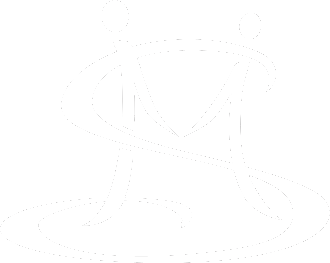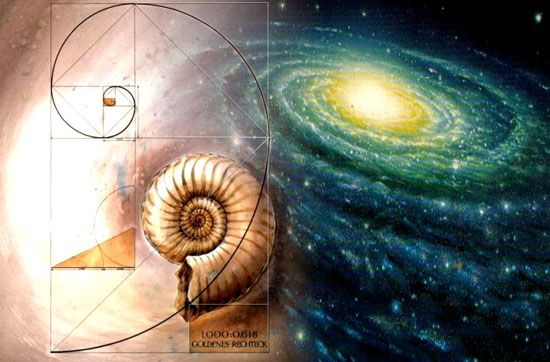WHAT IS MOBIUS KINETICS?
Mobius Kinetics is my personal, multidimensional movement analysis system, which describes and adapts, to the viewpoint of dancing, the human movement in its entirety, on the basis of biomechanical and energetic laws. The Mobius band serves as a mathematical and energetic symbol of the study of the human movement coordination and combines numerous ideas and visions of an ergonomic, efficient, and abstract movement execution.
The goal of Mobius Kinetics is to combine my experience with movement concepts such as ballet, Laban Movement Studies, Gyrotonic/kinesis, ©Spiraldynamic, Pilates, Yoga, Tai Chi, Tango Argentino, urban styles and Afro-Cuba rhythms with energetic and spiritual approaches to couple dancing in such a way that each person can develop his individual movement design by understanding, perception, and economizing of his own gait.
The philosophy is based on the universal reflection of geometrical structures and mechanical principles in nature and their temporal sequences, which is expressed in functionality, essence, and aesthetics.
My scientific system is based on fundamental research in the fields of functional anatomy, work physiology and biomechanics, as well as the theory of information processing in the areas of movement control, psycho-motoric behavior, as well as movement and sport sociological processes.
Pure sports motorics can be explored not only from a scientific point of view, but is also referred to as kinesiology (mostly in philosophical / anthropological perspective). In addition, a distinction is made between external and internal aspects.
In the external aspect, a movement or attitude is described as a manifestation and change which can be observed in relation to space and time. In order to achieve a corresponding adequate control of a dance movement, it is necessary to ensure a clear starting position through an appropriate alignment of all body segments. Both functions are inextricably linked with each other. A dancer’s posture must be mobile and flexible in order to be able to keep the progressive movement at any moment.
Definition of the goals in relation to dancing:
- Presentation and explanation of movement techniques and actions
- Development and improvement of assessment criteria for own movements and those of others
- Qualitative analysis of movements
- Understanding the development of dancers’ skills in a particular life span
- Description and explanation of the variance of motoric performance
In the inner-orientated aspect, all internal processes, which lead to a perceivable movement, are examined. In this context, coordinative functional processes related to control and condition (target motorics) with attitude patterns (support motorics) are analyzed, together with their interaction with emotional and motivational, as well as sensory and cognitive processes.
Definition of the goals in relation to dancing:
- Determination of the physical laws of dance motorics control
- Definition of the purpose and meaning of dance movement
- Development and improvement of the diagnostics methods of dance technique
- Exploration of the meaning of movement, as a fundamental feature of human behavior
- Development of principles, teaching methods and techniques in DanceSport


